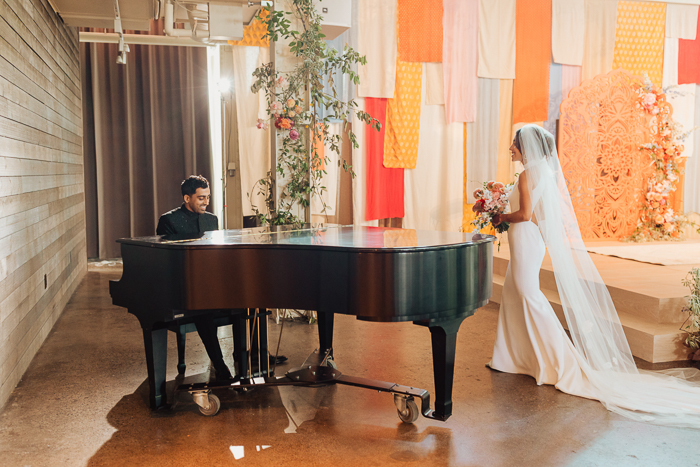
Taras Bychko’s authentic snapshots document the big city life of his home town, and create visual worlds that oscillate between poetic and mysterious. The Ukrainian photographer spoke with us about his penchant for street photography, and raved about the very special charm of photographing on the streets of Ukraine.
How did you get into the world of photography?
Photography came into my life with the birth of my son. I bought a camera to record my son growing up. Eventually, the magic of photography absorbed me completely.
In general, what is your Sykhiv project about?
Sykhiv is about life in the largest and youngest district of Lviv. Lviv is one of the most touristic cities in Ukraine. I wanted to show viewers the life of the city, which is far from the touristy “glitz”, but is so real, alive and close to many Ukrainians, reproducing, as it does, the realities of today. I try to capture the spirit of the times.
You were born and grew up in Sykhiv. How would you describe that part of Lviv? What are the biggest differences compared to other parts of Lviv?
For me there are two Sykhiv: the first Sykhiv is the one that lives in my memory, which gave me ideas for finding plots. Subconsciously, I was looking for scenes in which, with the help of the camera, I seemed to be transported to my teenage memories of the place that surrounded me. The second Sykhiv is a sleepy district, completely opposite to the exquisite architecture of cathedrals and tenement houses of the central historical part of the city, but which shows the real life of Ukrainians in big cities. It has endless rows of apartment buildings and shows very much the character of the city’s inhabitants.
What do you like about street photography in particular?
For me, street photography is a spontaneous intuition, a sense of capturing what is happening around me. At the same time it is interesting, exciting and unique. Shooting street photography is a deep and well-thought-out thing that requires lots of visual and practical experience. It is always necessary to be “on” in order to not miss the gifts of fate, and to be able to react to them in a timely and correct manner; and, if everything comes together, to get a frame that is close to the ideal, a frame that is always somewhere near us. Perhaps this understanding is what I like most about street photography.
What is your photographic approach on the streets? Are you more of an observing person, or are you always on the move?
I force myself to avoid any techniques and strive to constantly change the genres and my approach to photography. Therefore, everything probably depends on the situation in which I find myself. Before, I was very biased towards certain approaches, but now I clearly understand that the most important thing is the received frame. It doesn’t matter how it was made, the main thing is the final photo that the viewer will see as a result. Any conventions only get in the way of a successful photo.
You photograph both in colour and black and white. Why did you choose black and white this time?
In general, I’m interested in changing my visual language depending on the project I’m working on. In this case, I wanted to focus on a form from which nothing would distract, and also to give these images a timelessness.
What camera were you using and why?
This series was shot on a Leica M6 TTL with a Summicron-C 40mm and a Summicron-M 50mm. For me, the Leica M6 is the perfect camera that doesn’t have anything extra, and allows me to focus on the shooting process as much as possible. An important moment in this project was also developing and printing these photos myself.
What is special about street photography in Ukraine compared to other countries?
I’d like to think that Ukrainian street photography is deeper, not superficial, and does not chase the so-called Wow effects. It is honest and real and seeks to operate with deeper meanings.
In general, what does photography mean to you?
Photography is a language that allows me to speak and be heard. For this reason, I am infinitely grateful to it.
Taras Bychko was born in Lviv, Ukraine in 1987. He works in documentary and art photography, and is also a curator, teacher and judge for various international competitions, as well as a member of the international street collective Little Box Collective, and co-founder of the Ukrainian Street Photography group. Since 2021, he has been working as a curator of photo projects at the Lviv Municipal Art Center. He was the winner and finalist of the Photographer of the Year National Award (2016), Leica Street Photo (2019), Miami Street Photo Festival (2016, 2017, 2018), amongst many others. Bychko is the author of two books – Sykhiv (2020) and 2 rooms (2021) – and his work has been published in the LFI magazine, Burn magazine, National Geographic and other publications. Find out more about his photography on his website and Instagram page.
Leica M
The Leica. Yesterday. Today. Tomorrow.






